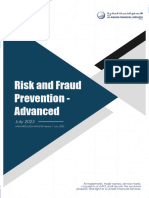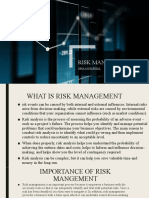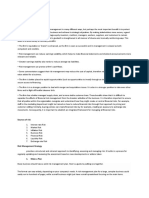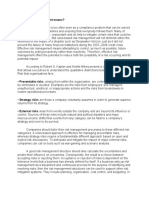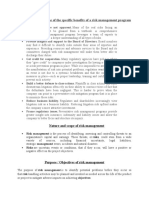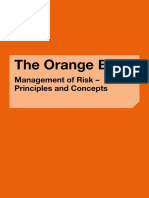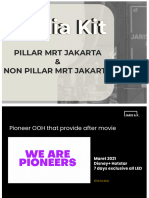0% found this document useful (0 votes)
42 views7 pagesAssignment 01
The document provides an overview of risk management, detailing its historical evolution from basic safety practices in ancient times to modern strategies involving technology and specialized managers. It outlines the objectives, types of risks, and the risk management process, emphasizing the benefits such as improved decision-making, regulatory compliance, and business continuity. A case study illustrates the mistakes made by William Telford in managing The Business Centre and how a comprehensive risk management strategy could have mitigated these issues.
Uploaded by
faisal.shah0612Copyright
© © All Rights Reserved
We take content rights seriously. If you suspect this is your content, claim it here.
Available Formats
Download as DOCX, PDF, TXT or read online on Scribd
0% found this document useful (0 votes)
42 views7 pagesAssignment 01
The document provides an overview of risk management, detailing its historical evolution from basic safety practices in ancient times to modern strategies involving technology and specialized managers. It outlines the objectives, types of risks, and the risk management process, emphasizing the benefits such as improved decision-making, regulatory compliance, and business continuity. A case study illustrates the mistakes made by William Telford in managing The Business Centre and how a comprehensive risk management strategy could have mitigated these issues.
Uploaded by
faisal.shah0612Copyright
© © All Rights Reserved
We take content rights seriously. If you suspect this is your content, claim it here.
Available Formats
Download as DOCX, PDF, TXT or read online on Scribd
/ 7














